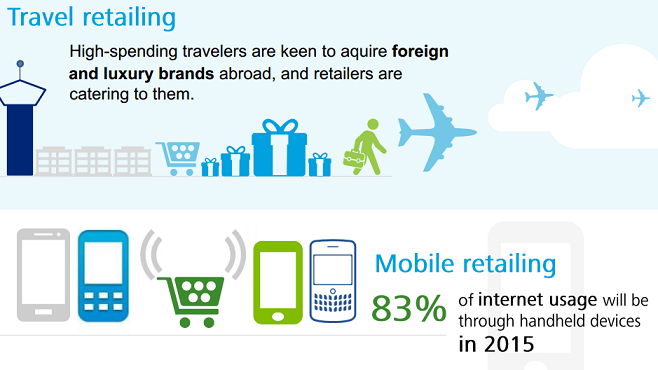 Global consumers, by and large, have more shopping choices at their disposal than ever before. Whether they shop at a specialty retailer or a mass merchandiser, on a computer or a mobile device, they have never had so many ways to please the palate, discover the deal or pay the piper. For retailers, differentiating your brand in such a crowded space is not only critical, it is also more difficult than ever.
Global consumers, by and large, have more shopping choices at their disposal than ever before. Whether they shop at a specialty retailer or a mass merchandiser, on a computer or a mobile device, they have never had so many ways to please the palate, discover the deal or pay the piper. For retailers, differentiating your brand in such a crowded space is not only critical, it is also more difficult than ever.
A retail loyalty program can be an effective way to create competitive advantage by reducing customers’ likelihood to switch stores. Indeed, more than seven in 10 loyalty-program participants in Nielsen’s Global Loyalty-Sentiment Survey (72%) somewhat or strongly agree that all other factors equal, they will buy from a retailer with a loyalty program over one without. Loyalty programs can also help drive more frequent visitation and heavier purchasing. Nearly three-quarters of global loyalty-program participants (74%) agree that loyalty programs make them more likely to continue doing business with a company, and two-thirds (67%) agree that they shop more frequently and spend more at retailers with loyalty programs.
Brick-and-mortar retailers are not the only ones benefiting from loyalty-program participation. Two-thirds of global respondents (66%) agree they’d shop more at online retailers if these sellers provided loyalty benefits similar to those of traditional in-store retailers. And increasingly, loyalty programs are at the leading edge of technology as retailers incorporate advanced analytics, mobile experiences and other digital solutions into their programs.
And many shoppers appear to love loyalty programs. In fact, 66% of global respondents say they belong to one or more programs. But there is often a large gap between the number of programs in which shoppers are enrolled and the number in which they actively participate. So what distinguishes the winners from the rest of the pack? While many tried-and-true retail loyalty-program fundamentals can be applied anywhere in the world, there also are unique differences by country. For example, mobile loyalty apps are particularly appealing in India and China, while non-monetary retail loyalty reward programs are important in Morocco. Knowing what program attributes resonate best with your customers will equip you to drive engagement.

Base: All respondents who are members of retail loyalty programs
Source: The Nielsen Global Retail Loyalty-Sentiment Survey, Q1 2016
“Loyalty programs are intended to ultimately increase a retailer’s share of the consumer’s wallet,” said Louise Keely, executive vice president, Nielsen Global Retail Practice. “But loyalty programs cannot be designed in a one-size-fits-all manner. There are big differences in loyalty program preferences and habits across countries, and across consumer groups within countries. These differences include how consumers want to use technology to engage with their loyalty program, what tangible benefits they are seeking from loyalty programs, and even how much they care about loyalty programs. Retailers need to determine who they want to bring into the store or onto the website more, and design a loyalty program for them.”
Other findings include:
More than half of global loyalty-program participants (51%) say product discounts are among their most-valued loyalty-program benefits.
Digital loyalty-program tools and features are particularly appealing in the Asia-Pacific region.
Flexible loyalty programs are appealing worldwide, with 81% of global respondents say they’re interested in earning rewards regardless of whether a purchase was made in store, on a website or mobile device.
Fewer than half of Latin American respondents (44%) say they belong to one or more loyalty programs, the lowest percentage in the survey.


